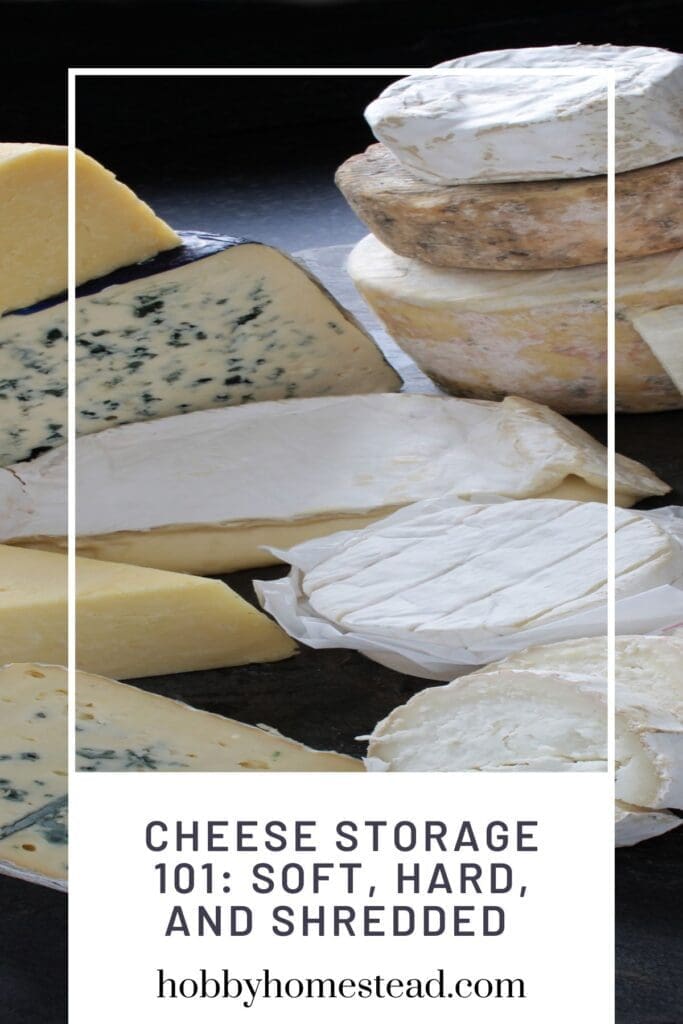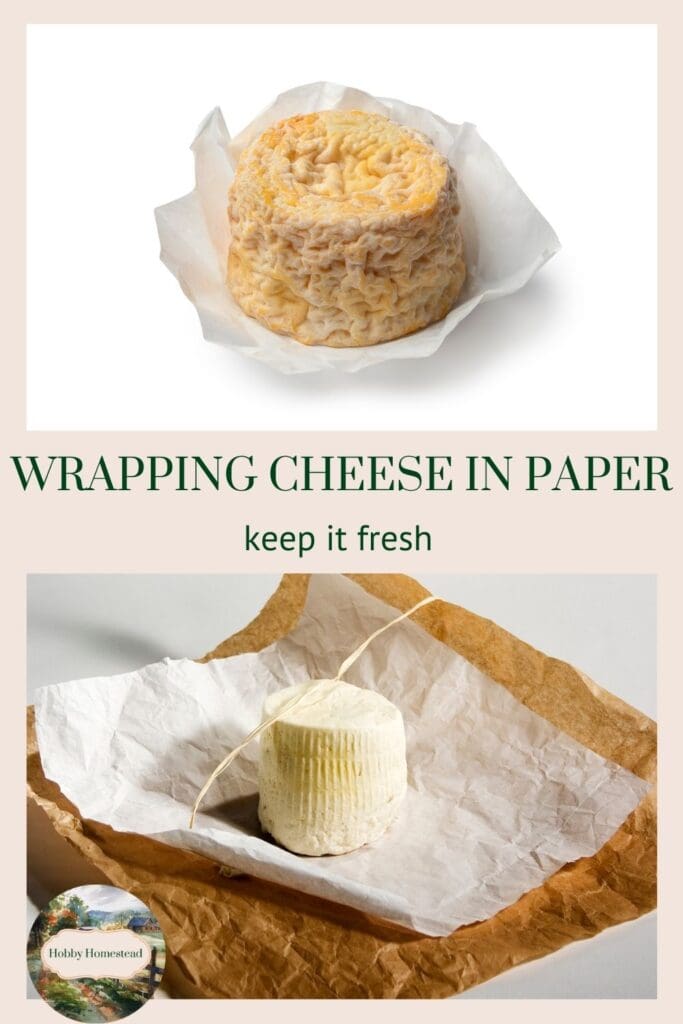If you love cheese as much as my family does, knowing the best cheese storage methods is key. Living in Wisconsin, cheese is a staple at nearly every event, whether it’s featured in a recipe or served as an appetizer.
A well-crafted cheese board can easily become the star of the table. Effortless to assemble, visually stunning, and a perfect opportunity to indulge in a variety of tasty cheeses.
But should you serve cheese straight from the fridge or allow it to come to room temperature? And what’s the best way to handle those cheese slices and pieces after the party ends? We are sharing our tips on how to serve, store, and savor cheese to its fullest.
When it comes to storing cheese, the key is understanding the best way to preserve the flavor and texture of different types of cheese.
Whether you’re dealing with soft cheeses like fresh mozzarella, hard cheeses like aged cheddar, or shredded varieties, proper cheese storage is essential for keeping your precious cheese in prime condition.

Cheese Storage Tips for All Varieties
Understanding Cheese as a Living Thing. Cheese is a living thing, meaning it continues to change and age over time. Proper storage helps slow down these changes, preserving the cheese’s flavor and texture for as long as possible.
For cheese lovers, knowing the best practices for cheese storage is essential to enjoying the full range of different varieties of cheese.
Storing Soft Cheeses
Soft cheeses, such as goat cheese and cream cheese, require special care due to their high moisture content. The best way to store these cheeses is to wrap them in parchment paper or wax paper.
This allows them to breathe while still protecting them from excess moisture, which can lead to unwanted mold and spoilage. For creamier cheeses, a cheese dome or bell jar is a great option to maintain the right level of humidity.
Avoid using plastic wrap directly on soft cheeses as it can trap too much moisture and lead to quicker spoilage. If you must use plastic, consider placing the wrapped cheese in a plastic container or resealable plastic bag to keep it from drying out while avoiding direct contact with the plastic.
Storing soft cheeses in the cheese drawer or crisper drawer of your refrigerator can help maintain the ideal cool temperature for these delicate varieties.
Storing Hard Cheeses
Hard cheeses like aged cheddar or block cheddar have a longer shelf life but still need proper storage to avoid drying out or developing mold growth.
For harder cheeses, wrapping them in butcher paper or specialty cheese paper is recommended. These materials allow the cheese to breathe while preventing it from becoming too dry.
If you’ve purchased cheese in its original packaging from a cheese shop, it’s a good idea to keep it wrapped in that packaging until you’re ready to use it. However, if you’ve already opened it, rewrapping it in fresh paper and storing it in an airtight container is the best way to maintain its quality. Remember to store hard cheeses in cool places, like the back of the fridge, where the temperature is more consistent.

Storing Shredded Cheese
Shredded cheese, whether you’ve bought it pre-shredded or shredded it yourself, should be stored in a zip-top bag or plastic container to prevent it from absorbing odors or drying out.
Placing a piece of cheese cloth or a fresh paper towel inside the bag can help absorb excess moisture, extending the cheese’s shelf life. It’s important to press out as much air as possible before sealing the bag to reduce the cheese’s exposure to air and potential mold growth.
Cheese Board and Serving
If you’re preparing a cheese board, avoid leaving cheese out at room temperature for more than a couple of hours to prevent spoilage.
When serving cheese, especially softer cheeses and fresh cheeses, allow them to sit at room temperature for about 30 minutes before serving to bring out the best flavor of the cheese.
Avoiding Food Waste
Proper cheese storage not only preserves your cheese but also helps reduce food waste. If you find you have too much cheese, consider freezing harder cheeses like cheddar, though note that the texture may change slightly.
Pro Tip. If the texture changes, it is great to use in casseroles and other recipes that call for shredded cheese.

Can you eat cheese that has mold on the outside?
Yes, you can eat cheese that has mold on the outside, but it depends on the type of cheese and the mold itself.
Hard and Semi-Hard Cheeses. If a hard or semi-hard cheese (like cheddar, Parmesan, or Gouda) develops mold on the outside, it’s generally safe to eat. You can cut off the moldy part with a margin of about 1 inch around and below the mold, and the rest of the cheese should be fine to consume.
Soft Cheeses. For soft cheeses (like brie, cream cheese, or fresh mozzarella), it’s safer to discard the entire cheese if mold appears. The mold can penetrate the cheese more easily, making it unsafe to eat.
Intentional Mold. Some cheeses, like blue cheese or Roquefort, are made with edible mold. In these cases, the mold is an essential part of the cheese and safe to eat.
If you’re ever unsure, it’s better to err on the side of caution and avoid eating the cheese.
Whether you’re buying from a grocery store or a specialized cheese store, keeping cheese in top condition requires just a little bit of attention to detail. By following these tips and using the right storage methods, you can enjoy your favorite cheeses for a long time.
References
Organic Valley. The Best Way to Store Cheese to Preserve Flavor and Freshness


